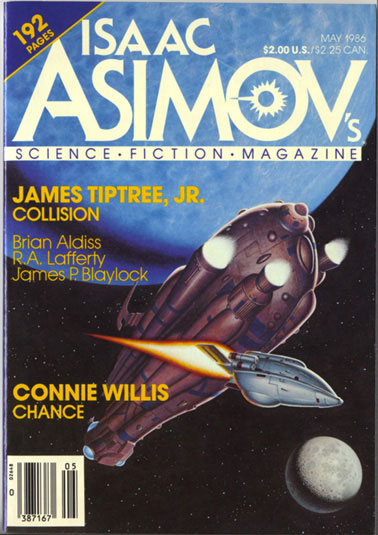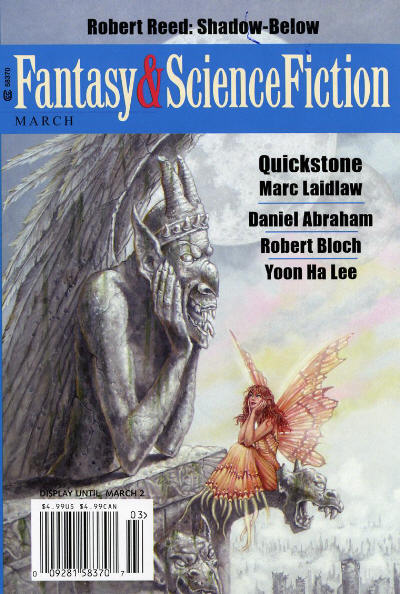Two stories by Sir Arthur Conan Doyle
"Ring of Thoth"
John Vansittart Smith is an intellectual interested in too many subjects to settle all his time and attention on one until he comes to Egyptology. In the course of his studies he manages to be locked into the Lourve and there, in the Egypt collection, sees an amazing thing: A man he took to be a security guard performing a ritual.
"Lot No. 249"
Abercrombie Smith (apparently no relation to John Vansittart Smith) studies medicine at what Doyle calls Old College at Oxford. His downstairs neighbor is an Egyptologist who owns many Egyptian artifacts including a mummy, and a certain papyrus, and combines these a nasty temperment.
I recall reading that the former was an influence on The Mummy movie staring Boris Karloff -- and the movie's scenes in a museum vaguely recall scenes in this story -- while the latter more closely resembles the later mummy movies from the 1940s as well as the 1959 Hammer Studio's version of The Mummy.
If you're interested in the development of the horror story or just interested in being entertained, these are worth reading. While Doyle isn't in the first rank of writers of the supernatural, he was always an entertaining writer and there is a night scene in "Lot No. 249" as Smith walks along a lane to a friend's house that M. R. James might have envied.
Randy M.
"Ring of Thoth"
John Vansittart Smith is an intellectual interested in too many subjects to settle all his time and attention on one until he comes to Egyptology. In the course of his studies he manages to be locked into the Lourve and there, in the Egypt collection, sees an amazing thing: A man he took to be a security guard performing a ritual.
"Lot No. 249"
Abercrombie Smith (apparently no relation to John Vansittart Smith) studies medicine at what Doyle calls Old College at Oxford. His downstairs neighbor is an Egyptologist who owns many Egyptian artifacts including a mummy, and a certain papyrus, and combines these a nasty temperment.
I recall reading that the former was an influence on The Mummy movie staring Boris Karloff -- and the movie's scenes in a museum vaguely recall scenes in this story -- while the latter more closely resembles the later mummy movies from the 1940s as well as the 1959 Hammer Studio's version of The Mummy.
If you're interested in the development of the horror story or just interested in being entertained, these are worth reading. While Doyle isn't in the first rank of writers of the supernatural, he was always an entertaining writer and there is a night scene in "Lot No. 249" as Smith walks along a lane to a friend's house that M. R. James might have envied.
Randy M.








